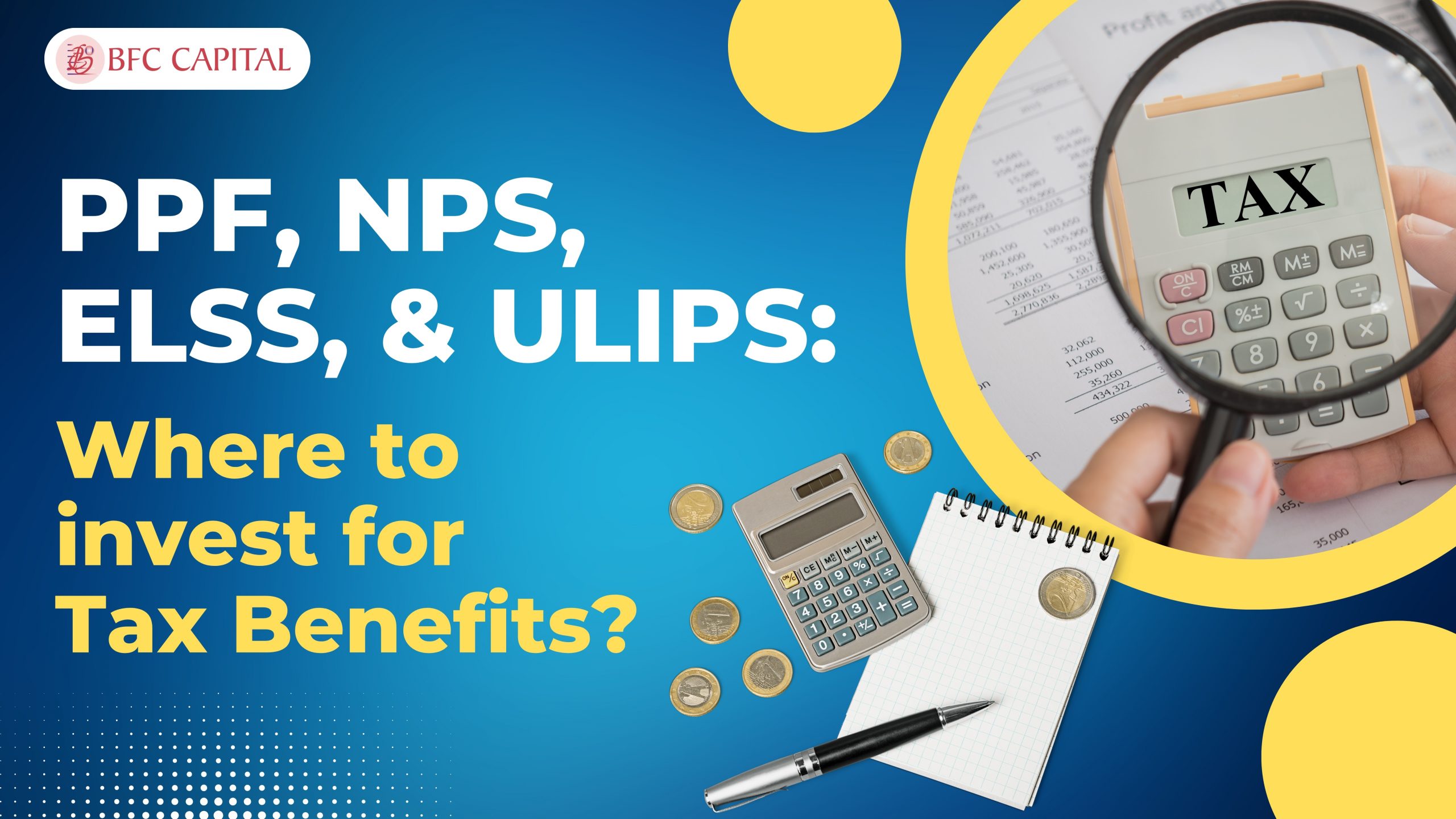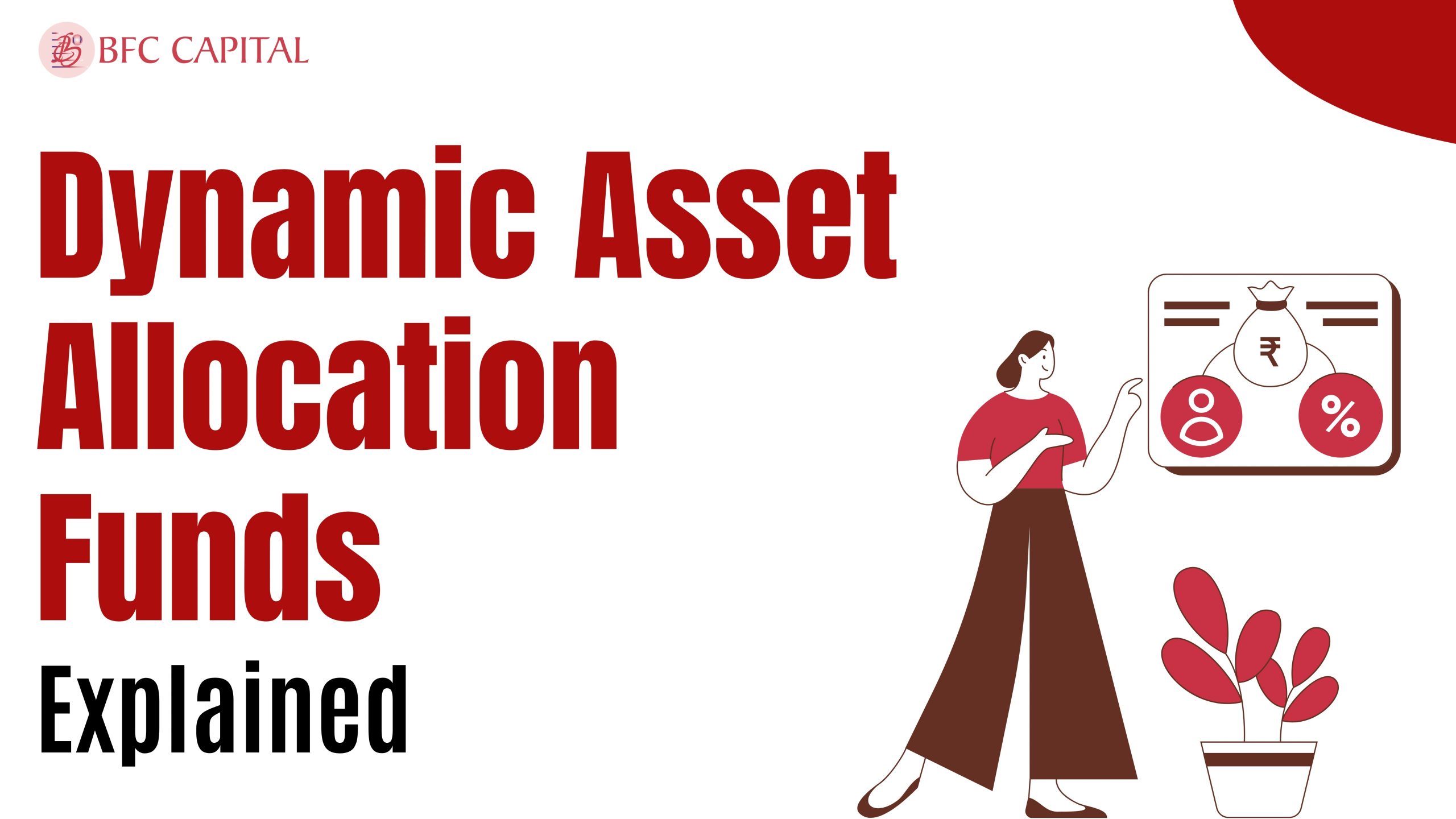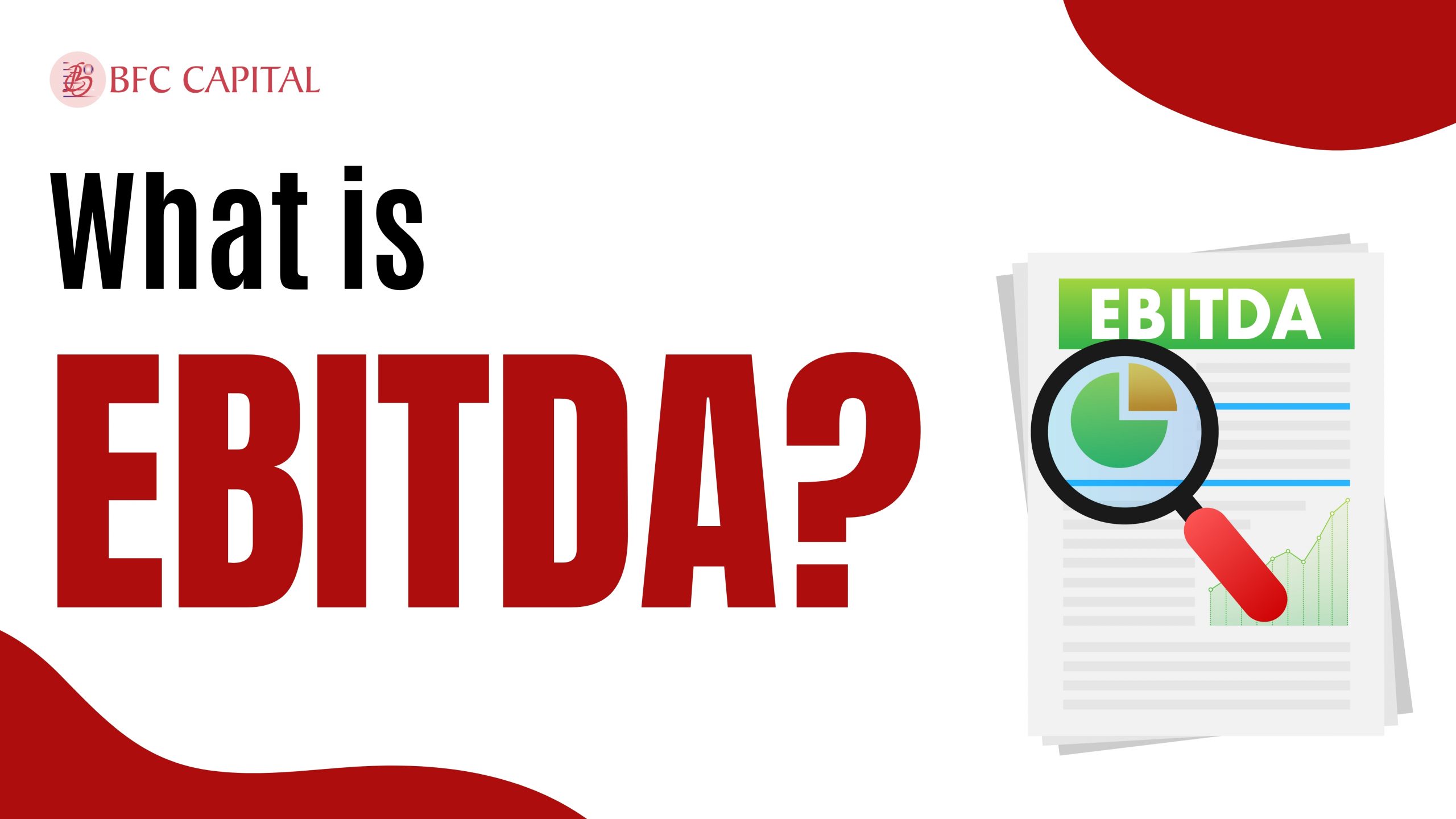
Imagine that you have been investing for a while now and have gained some impressive returns. But when it comes to actually receiving this money in your bank account, the first thing that comes to your mind is: I have to pay tax on my investment earnings!
Has this caused you to search for good tax-saving investment options? Did you know there is more to the investment world than just mutual funds and stocks?
Don’t fret, you have come to the right place! As per section 80 c of the Income Tax Act, you can save up to 1.5 lacs on your taxes every year.
I have curated a list of the best tax savings investment options for you that serve your financial goals.
Are you ready to dive into these investment options?
Public Provident Fund (PPF)
A popular investment instrument in India, the Public Provident Fund (PPF) offers tax-free returns. Being a government-backed scheme, it aims to encourage savings and help people achieve financial security.
It’s a long-term investment option with a lock-in period of 15 years, meaning you will get your returns after 15 years (upon maturity) from the start date. With a return of 7.1%(as per the latest rates given by the government, which are revised every quarter), PPF remains a popular choice among people who wish to invest but don’t want to take major risks in their investment journey.
Another great feature of PPF is nomination. You can nominate up to 3 people as beneficiaries in your PPF account.
The scheme is flexible and also enables you to make multiple installments in a year with one installment a year being mandatory to keep the account active. The minimum amount with which you can open your PPF account is ₹500. The scheme allows you to make deposits of a maximum of 1.5 lakhs within a financial year.
One striking feature of this scheme is the partial withdrawal feature which allows you to withdraw the partial amount of your entire corpus after the completion of 5 years of staying invested in it. After the extension of the account with contributions, you can only withdraw 60% of the balance accumulated at the time of extension over the fresh 5-year period.
PPF investments qualify for tax deduction benefits under Section 80C of the Income Tax Act which allows you to claim deductions up to Rs 1.5 lakh for the principal amount invested.
Tax Exemptions in PPF
The scheme has an EEE or Exempt-Exempt-Exempt feature. What does this mean? The very first Exemption is tax exemption on the invested amount. The next ‘E’ denotes the tax exemption on the earned interest while the third is for exemptions on the maturity of the PPF account.
These benefits remain intact even in the case of partial withdrawal or closure of the account held before maturity arrival.
PPF allows you to save up to 1.5 lakhs worth of taxes under section 80 c of the Income Tax Return Act.
PPF is ideal for you if you are risk-averse and uncomfortable with an aggressive scheme.
National Pension Scheme (NPS)
A government-backed savings initiative, the National Pension Scheme is a retirement planning scheme with a lock-in period of 5 years where you can invest while working and enjoy the benefits post-retirement. Even if you are a Non-Resident Indian (NRI) between the ages of 18-60, you too can open an NPS account.
The scheme is regulated by the Pension Fund Regulatory and Development Authority (PFRDA) and allows for voluntary contribution meaning you don’t need to invest in this scheme if they don’t want to.
The national pension scheme is market-linked and managed by professionals.
When you contribute regularly to the NPS, the savings are aggregated into a pension fund and invested in various government securities, corporate debentures, and shares by professionals
This corpus collected over the years gradually grows by market incentives.
NPS investments are broadly classified into two types namely Tier 1 and Tier 2. The first tier is available to any person between the ages of 18 to 60 years. This is a non withdrawable account which does not allow debit of corpus unless the exit conditions of NPS are fulfilled. This means that the money you invest here will be locked in till the age of 60 years. But, in case of a requirement of partial withdrawal of corpus due to valid reasons, the withdrawal can be done 3 years after the investment date.
The tier 2 account is voluntary in nature and is not a mandatory succession of NPS tier 1. However, anyone with a Tier 1 account can open a tier 2 account ( tier 2 cannot be opted for separately). Here you can freely withdraw money as per your requirements.
An NPS account lets you choose the frequency of investments, your pension fund manager, and your investment amount. To keep your account active the minimum amount to be invested is ₹1000/ year. However, there is no minimum contribution limit for an NPS account.
Tax Savings in the National Pension Scheme
The NPS scheme allows its investors to save up to 2 lakhs (up to 1.5 lakhs under section 80CCD(1) of the Income Tax Act and an extra 50,000 under section 80CCD(2).)
Another good feature of NPS is its annuity plan, under which it lets the investors withdraw 60% of their corpus upon attaining maturity while the remaining 40% is received every month to establish a consistent cash flow for retirement.
If you are looking into early retirement planning and don’t wish to take a lot of risks, the National Pension Scheme is a considerable option.
ELSS equity-linked saving scheme
Ever heard of tax-saving Mutual funds? ELSS or Equity-linked savings scheme is what I am talking about.
It is a tax-saving equity-driven scheme that aids you with both the benefits of equity and tax deductions. When you invest in ELSS, a certain number of mutual fund units are given that can be claimed or changed at the end of the lock-in period of 3 years, meaning no withdrawal can be done before 3 full years of staying invested.
Tax savings in ELSS
ELSS allows for claiming tax exemption from their income worth 1.5 lacs. Therefore, as an investor, you get to avail this ELSS feature for investing up to 1.5 lac. The capital gains beyond 1 lac are subjected to 10% taxation. A great feature of ELSS schemes is their low amount requirement. many allow to begin investments with a small amount of ₹500
Investing in ELSS is highly suitable for employed individuals and new investors.
Unit-linked Insurance Policies (ULIPS)
ULIP is a unique saving plan that allows investors to address two goals at once: insurance and investment.With ULIP you can get insurance coverage while sowing the benefits of investments made.
When you invest in ULIP which has a lock-in period of 5 years, a portion of the principal goes into insurance while the other part goes as investment into multiple asset classes The premiums of a ULIP plan can be paid monthly or annually.
Since it is an amalgamation of both insurance and mutual funds, the plan should be held for 15 years.
An interesting feature of ULIP is that it has a few different categories such as:
Equity: Within this, most of the amount is invested in equity-oriented assets like the common company stock.
Debt: most of your investments are done within debt instruments like bonds
Balanced: the money is distributed between both equity assets and debt instruments.
Tax exemptions in ULIP
When considering long-term capital gains (more than 12 months) the tax applicable is 10% on the gains while short-term capital gains( less than 12 months) are taxed at 15%. No such taxes are deducted in case of an individual’s death who was the policyholder. Up to 2.5 lacs, you can claim tax exemption while beyond that amount taxations will occur.
Putting it all together, you can avail tax deductions on the principal amount for up to 1.5 lac under section 80C of the Income Tax Act.
Suppose you are looking for a plan that provides you with insurance coverage while also giving you returns, or you are a first-time investor with little knowledge of the can deal with moderate risk. In that case, ULIP is best suited to your goals.
Let’s see an overview of the 4 tax saving investment options:

SIP vs Lumpsum: What is The Ideal Investment Method
The two most popular ways of investing in these Tax saving schemes are SIP and Lumpsum.
SIP is paying a fixed amount every month for a specific time, which in the case of these schemes is the lock-in period. Investing in these Tax saving schemes through SIPs is beneficial for people who wish to contribute small amounts and cannot gather a big corpus to be invested. This is a good option for you if you are a salaried individual or save some amount every month.
Choosing SIP also lets you save time on monitoring the market cycles as it is a recurring payment. It is a great option if you have just started investing.
Lumpsum on the other hand is like a chunk of money that is invested in these schemes only once, meaning, it is a one-time investment. Unlike SIPs, you may be required to monitor the market.
You may be thinking “Why is there a need to time the market here?” the sole purpose of doing so is to boost your returns. When you are investing for the short term, it becomes necessary to monitor the market cycle to be able to buy at low prices and gain when there is a rise.
Now that you have an idea of both investment options, let’s take a look at some of the considerable questions to help you figure out your ideal investment method:
How much do you want to invest
In case you have the entire sum that you want to invest in reserve, you can opt for a lump sum investment. Whereas if that is not the case, and you want to contribute in small amounts, opting for SIP is ideal
What fund have you chosen?
Depending on the fund, your ideal way of investing can be determined. People opt for lump sum investments for PPF and NPS. SIPs are a new practice for ELSS. This is because market volatility is a crucial factor that determines your investment’s performance and returns.
What are the market conditions?
Lumpsum investments generally perform well in low market conditions, providing higher returns. In case you face difficulties in understanding the different phases of the market and do not want to actively time the market’s activity, then SIP is ideal for you.
How to Select the Right Tax-saving Investment Option?
All these tax savings options might sound fitting to your financial goals but when you do some simple calculations you may rule out most of them. So how do you find out which of these is right for you?
Before you begin with any of these schemes, consider factors such as safety, return, liquidity, financial and life goals, and taxations applicable.
For instance, a PPF is free of taxation on maturity value and the principal but has a 15-year lock-in period. If you possess a short-term goal, then PPF may not be the ideal option. But if you have a long-term goal such as retirement planning, PPF can serve you right.
On the contrary, ELSS has the shortest lock-in period of 3 years but is risk-containing since it is equity-oriented (stocks) making it unsuitable for risk-averse investors. On the other hand, people who can deal with moderate risk will find ELSS ideal.
Even well-versed people like Adhil Shetty( CEO, bankbazaar.com) and Dev Ashish( Founder,Stableinvestor.com) recommend considering your goals and the earlier stated factors to find the right tax saving investment option for you.
The Key Takeaway
By understanding these 4 options through an analysis based on factors such as safety, returns, and taxation you will land the one that scores the highest depending on your specific goals and that is the one for you.
If you are curious whether you can invest in multiple schemes and diversify your investments keeping them safe, let me tell you that you can!
I hope you were able to take some valuable information from this blog and were able to decide to invest in any of these.
Leave us a comment to tell us about your thoughts on this in the comments section.
Start Investing today!

Assistant Vice President – Research & Analysis
Akash Gupta heads the Research & Analysis department at BFC CAPITAL, where he combines in-depth market insights with strategic analysis. He holds multiple certifications, including:
- NISM-Series-XIII: Common Derivatives Certification
- NISM-Series-VIII: Equity Derivatives Certification
- NISM-Series-XXI-A: Portfolio Management Services Certification
- IRDAI Certification
With his expertise in equity, derivatives, and portfolio management, Akash plays a key role in providing research-backed strategies and actionable insights to help clients navigate the investment landscape.








Name: SIP CALCULATOR DEMYSTIFIED - BFC Capital- Blogs : All Financial Solutions for Growing Your Wealth
says:[…] Also, check out our recent post on “PPF, NPS, ELSS, and ULIPS: Where to Invest for Tax Benefits?” […]
Name: What Is Liquidity? Role of Liquidity in Financial Planning - BFC Capital- Blogs : All Financial Solutions for Growing Your Wealth
says:[…] investments are good for this. Though some of the investments are not very liquid, like PPF, ULIPs, and NPS, when we invest more, they even have more growth. These investments are ideal if you want to be […]